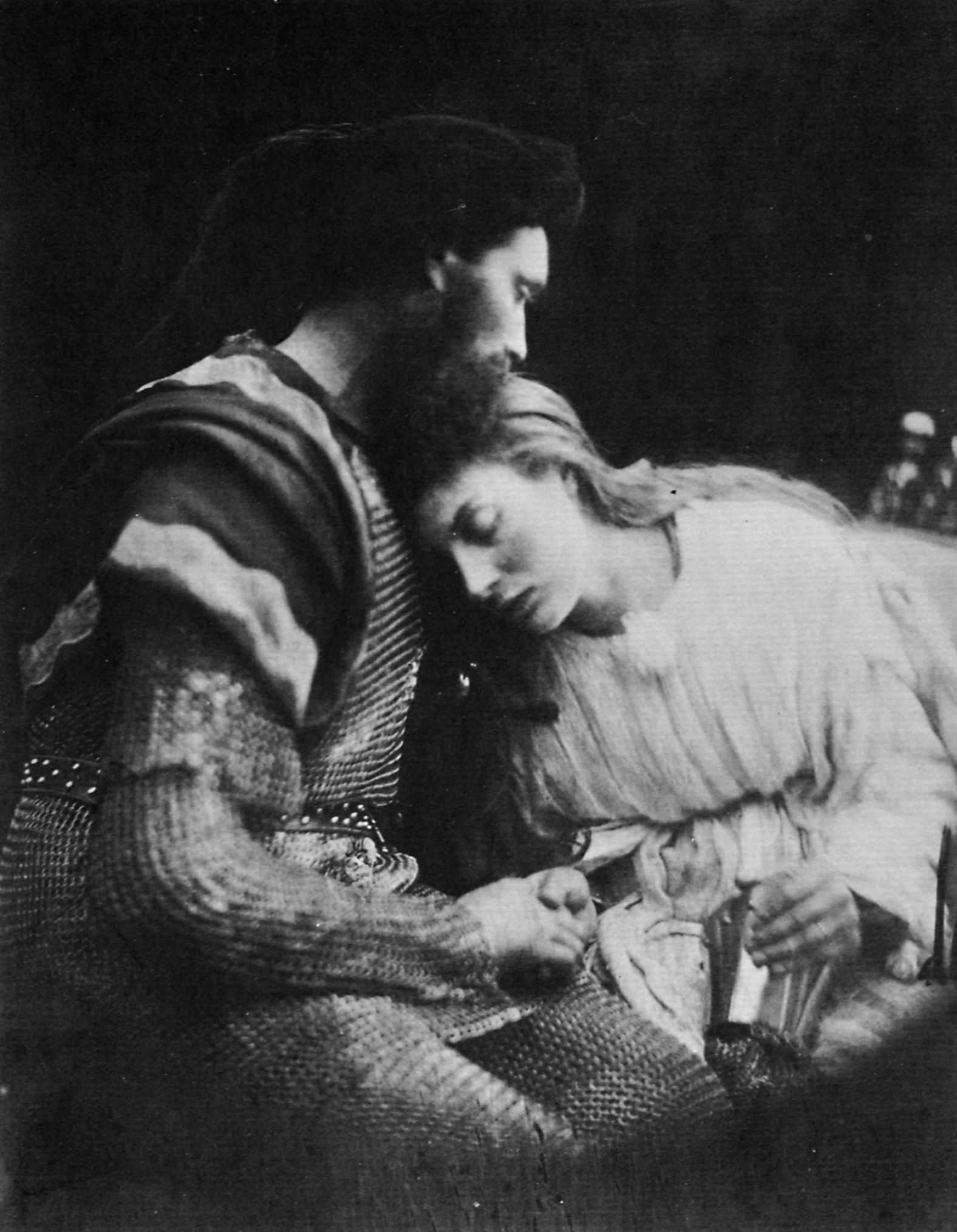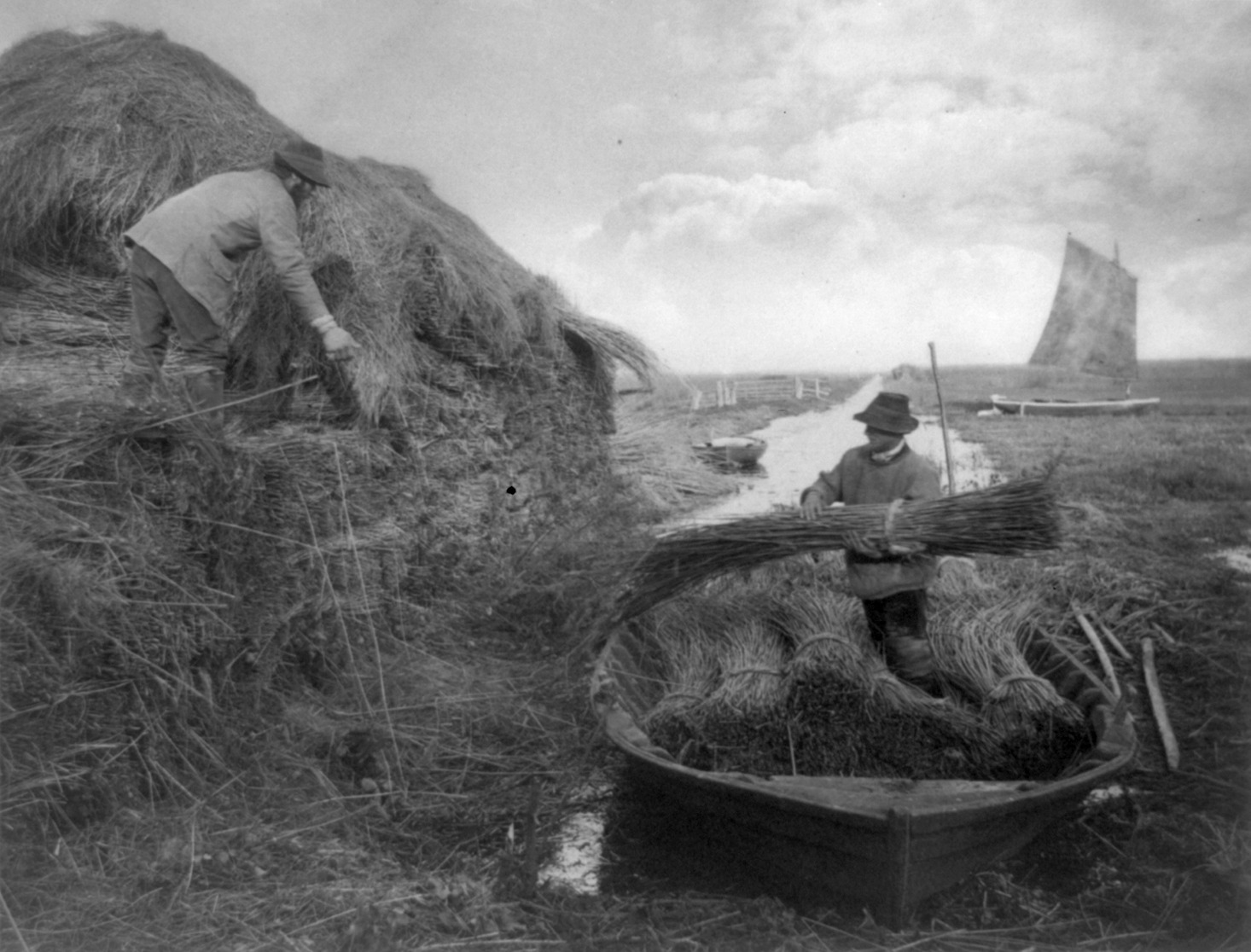As I started off this project, a helpful voice suggested that I look at the Pictorialist movement around the turn of the 19th / 20th centuries.
I’m rather ashamed to admit, I’d been unaware that this havd been a movement (although I was familiar with some of the practitioners). In particular, I’d been intrigued by Julia Margaret Cameron’s work.
Anyway, here’s an introduction to (my understanding of) the Pictorialists, and why perhaps their objectives deserve re-evaluation.
The Pictorialist movement
Many of the early pioneers of photography were failed artists. Nicéphore Niépce and Fox-Talbot, in particular, had aspirations in this area.
And as photography evolved, towards the end of the 19th Century, many photographers sought recognition for the medium as an art form – the art establishment regarded it as a mechanical process.
Bear in mind that – at the time – photography imposed significant technical constraints in terms of chemistry and configuration. Cameras were often large and heavy, and long exposure times meant a tripod was necessary.

source : Wikimedia Commons (Public Domain)
The Pictorialist movement sought to produce artistic, creative images using a variety of techniques – amongst others, multiple exposures and composites, print toning and alternative emulsions and media. Selective or soft focus was often used (both are still often used in portrait photography today).
Subject matter reflected the painted art of the time – often rural scenes, although there were also mythical / biblical subjects.
Because of the technical constraints, there were also some studio set-piece tableaux formats.

source : Wikimedia Commons (Public Domain)
In summary, many (all though by no means all) would provoke the viewer to construct (or refer to) a narrative.
However, many of the practitioners concentrated on showing what was possible with ‘trick’ photography. Whilst these were interesting technical exercises, they didn’t necessarily move things forward artistically.

source : Wikimedia Commons (Public Domain)
Ultimately, however, the main constraint was that the medium was primarily monochrome (autochromes were a bit of a niche process) – it couldn’t compete with the colours of painted images.
A quick addendum – during my research, I found this image, which is quite close to the effect I’m after.

source : Wikimedia Commons (Public Domain)
‘Straight photography’, and the Modernist movement
Some photographers felt that photography could never compete with painted art, and decided to play to the strengths of the medium.
So they structured their images were to show the greatest detail, and the greatest tonal range. Cropping images was frowned upon.

source : Wikimedia Commons (Public Domain)
A similar ethic was embraced by the Modernist movement, but the subject matter tended to be very different.
With Modernism, this movement gained ground, with a compositional emphasis on geometric forms.

source : Wikimedia Commons (Public Domain)
This was recognised as a uniquely photographic art form, and photography was gradually accepted. The Modernist aesthetic became the accepted mechanism for art photography, even when colour was legitimised (through the work of William Egglestone).
So … What happened to the Pictorialist ethic
The effect, as photographers concentrated (and were judged according to) modernist principles, pictorialism was largely sidelined. However, this did mean an acceptance that photography could be an ‘acceptable’ art form (as well as he maturity of a generation who’d grown up with the medium).
Much of the chemical/mechanical process of making photographic images has disappeared.
The accessibility of digital imaging and editing tools (most notably Photoshop) – has liberated image creators.
Many artists incorporate photography in their work (Hockney), or use it as a source (Bacon / Muybridge), or compose entirely in digital (Hockney again).
Photography has even added a dimension to visual art, in offering the possibility of movement,
And, once it was no longer trying to justify itself as an art form in competition with painted art, other photography genres – such as fashion and portrait photography – have evolved into art forms of their own.
And the tableau is by no means dead – although it is now often labelled ‘cinematic’. These are now often produced as large scale set-piece productions, usually with an implicit (albeit unstated) narrative.
Notable practitioners include Gregory Crewdson, Tom Hunter and (a personal favourite) Julia Fullerton-Batten.
My take on this …
Just to be clear – I don’t see these schools as an “either/or” conflict – each artist should tell their own story.
However, whilst Modernist compositions appeal to me intellectually, Portraitist images tend to speak to me on a more emotional level.
(I’m happy to accept that this may be the result of the images I consumed before I started my formal visual education).
And in any case, the abundance of visual imagery in the digital age, has (to some extent) rendered the debate moot.
And equally important has been the discussion about the function of art.
